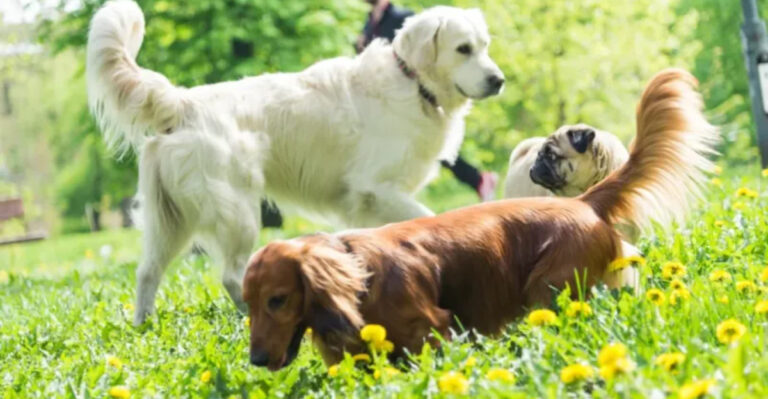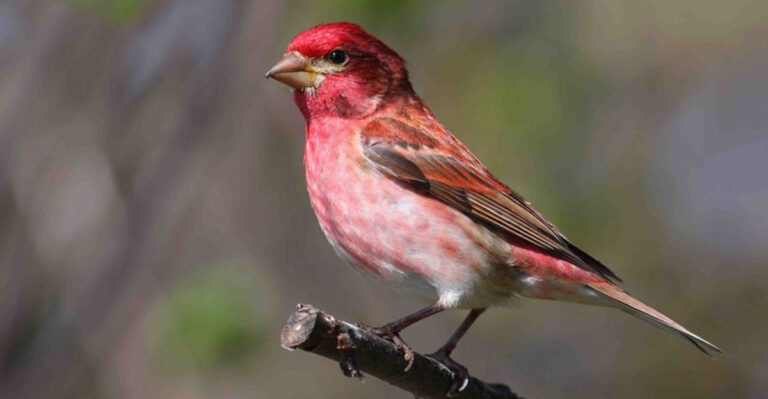14 Tips For Introducing A New Horse To The Herd Safely
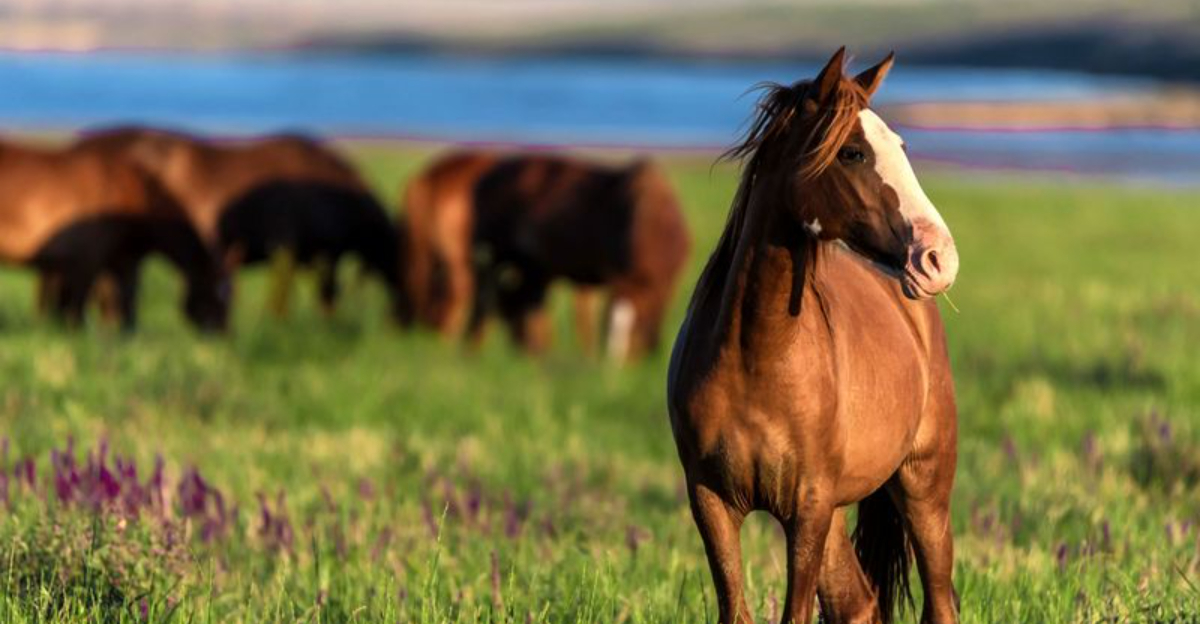
Adding a new horse to your existing herd can be as nerve-wracking as sending a kid to a new school. Horses are naturally social, but they also establish strict hierarchies that can lead to dangerous situations when newcomers arrive.
Proper introduction techniques help prevent injuries and stress while allowing your new equine friend to find their place in the group.
1. Prepare A Separate Paddock First
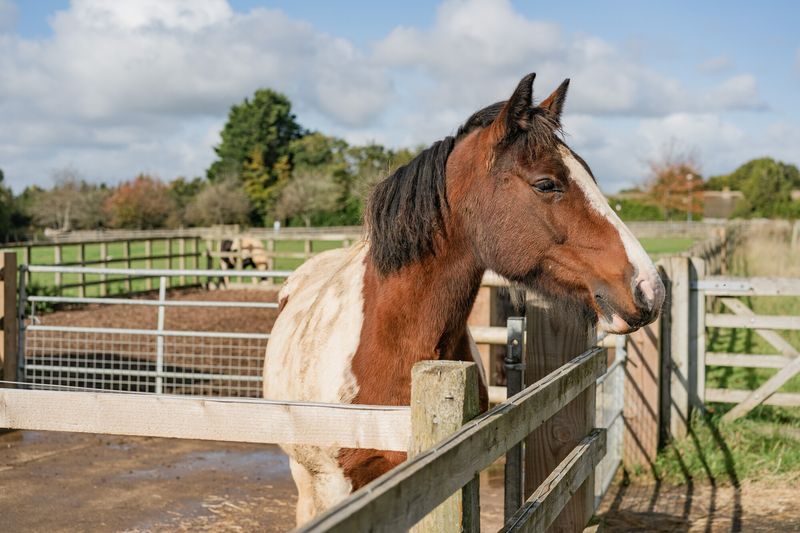
Never toss your new horse directly into the existing herd. Set up a sturdy adjacent paddock with good visibility where your newcomer can see and smell the residents without physical contact.
This arrangement gives everyone a chance to size each other up safely, reducing the shock of sudden introduction.
2. Allow For A Quarantine Period
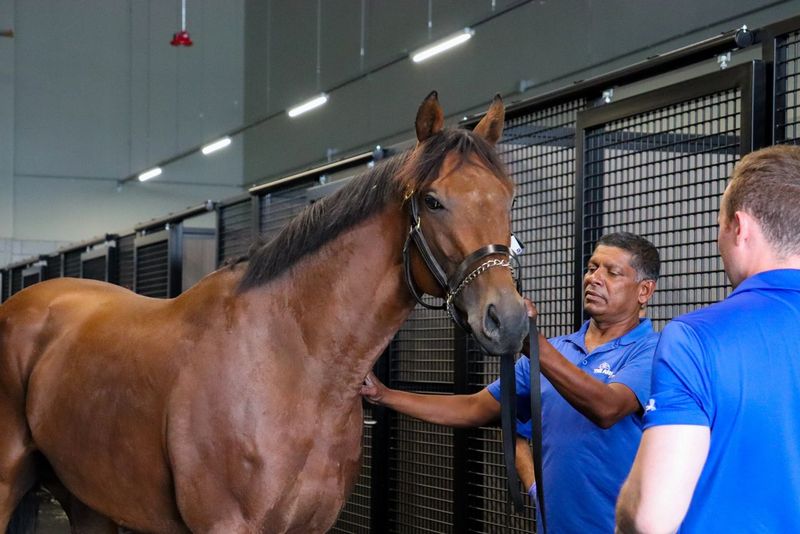
Bringing home infectious diseases is the last thing you want. Keep your new horse isolated for at least 30 days while monitoring temperature and watching for signs of illness.
During this time, handle the newcomer last when doing chores to prevent potential cross-contamination between animals.
3. Start With A Single Friendly Horse
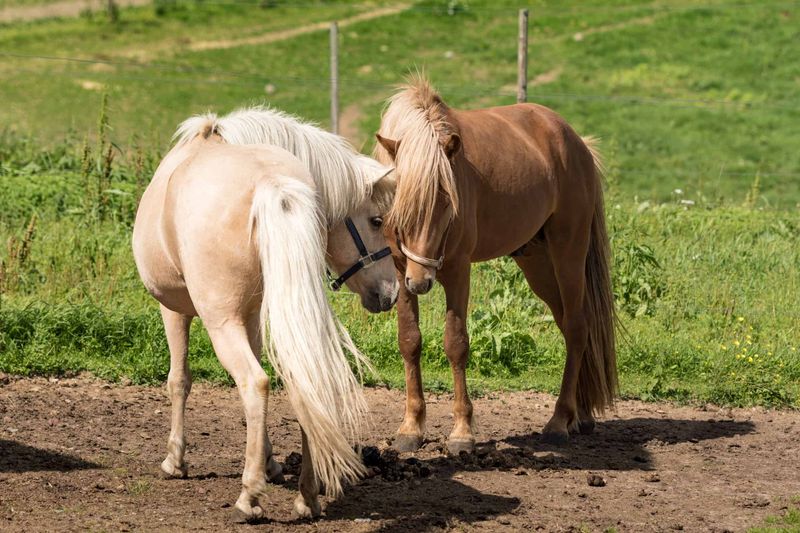
Once quarantine ends, choose the most level-headed member of your herd as the welcoming committee. Middle-ranking horses often make the best first friends because they’re neither aggressive leaders nor easily bullied.
This initial one-on-one meeting sets the tone for future herd dynamics.
4. Observe Body Language Carefully
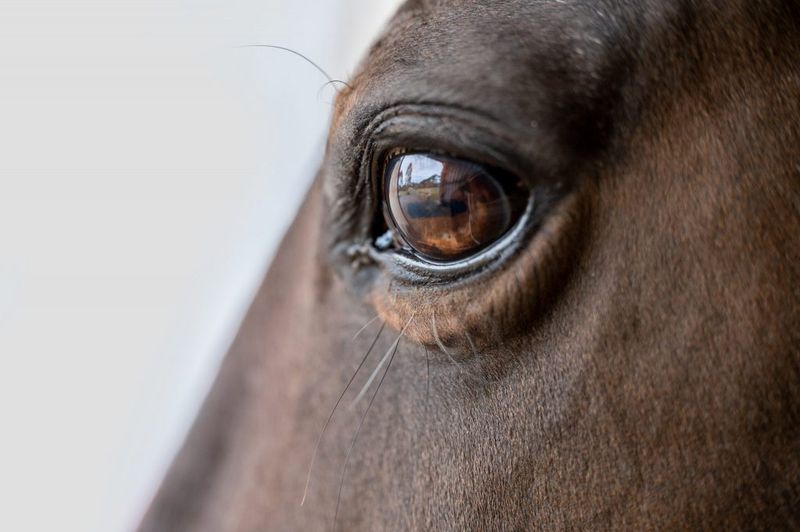
Ears pinned flat, teeth bared, or aggressive lunging are warning signs of trouble. Relaxed ears, mutual grooming, and synchronized movements suggest positive bonding.
Learn to read these signals early so you can intervene before minor disagreements escalate into dangerous confrontations.
5. Choose Neutral Territory For Meetings
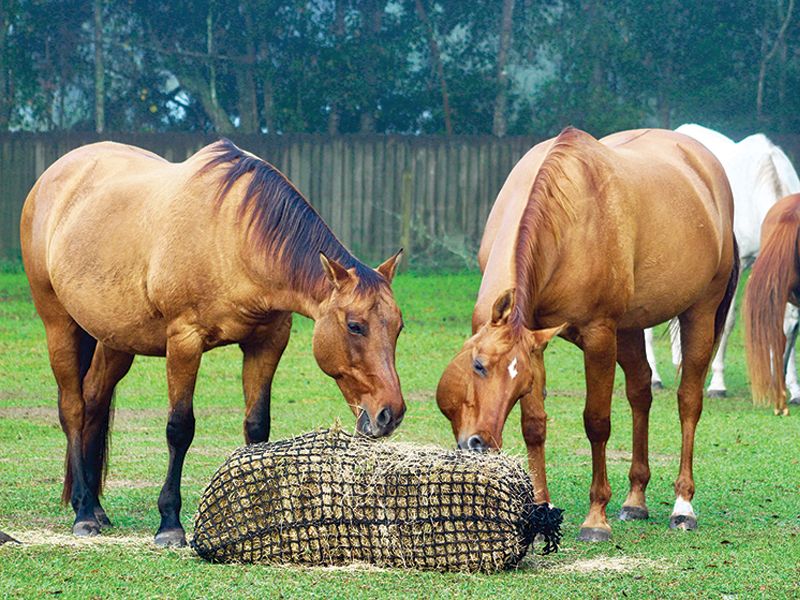
Territorial instincts run deep in herds. When possible, introduce horses in an area nobody considers “home turf” to prevent resident horses from feeling their space is being invaded.
A previously unused paddock or arena creates a level playing field for all equine parties involved.
6. Remove Valuable Resources Temporarily
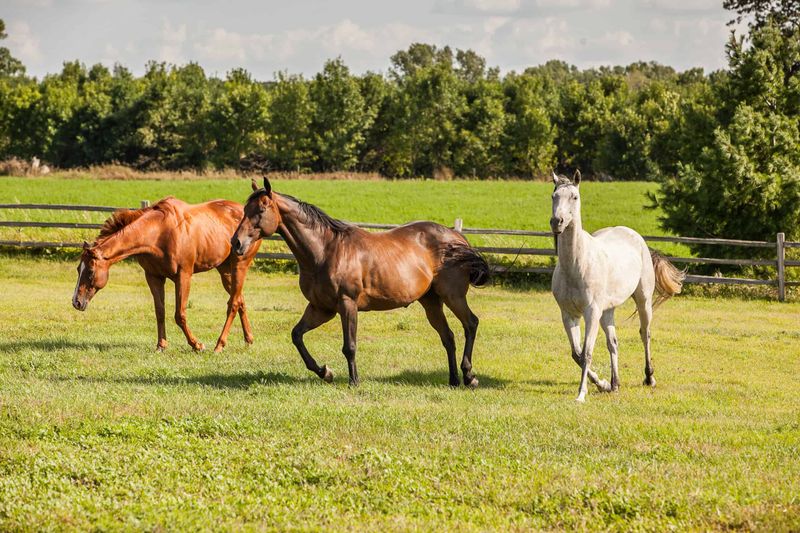
Fights often break out over food, water, or shelter. During initial introductions, take away hay piles, feed buckets, and other contested resources.
Once the horses establish their relationship, you can gradually reintroduce these items while monitoring behavior closely.
7. Schedule Introductions For Morning Hours
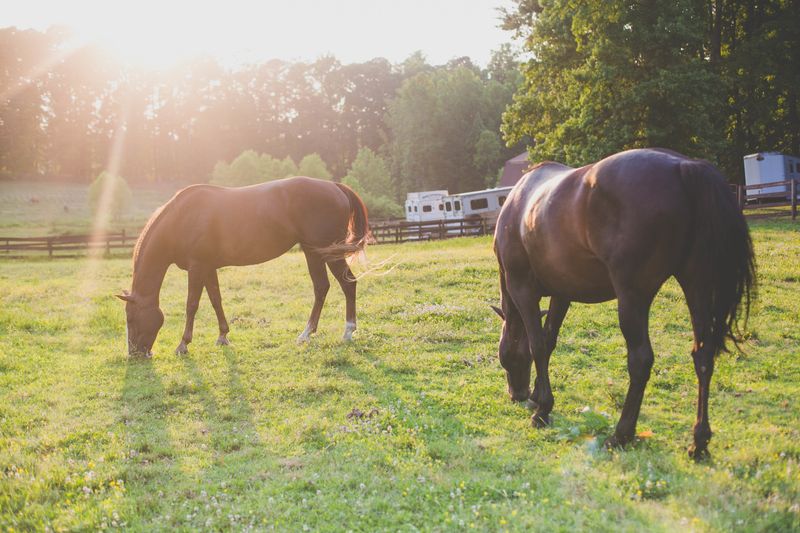
Early mornings typically find horses at their calmest. Avoid introductions during feeding time or when horses are naturally more active or agitated.
The morning calm gives newcomers the best chance of making friends before afternoon energy levels rise.
8. Remove Shoes From Aggressive Horses
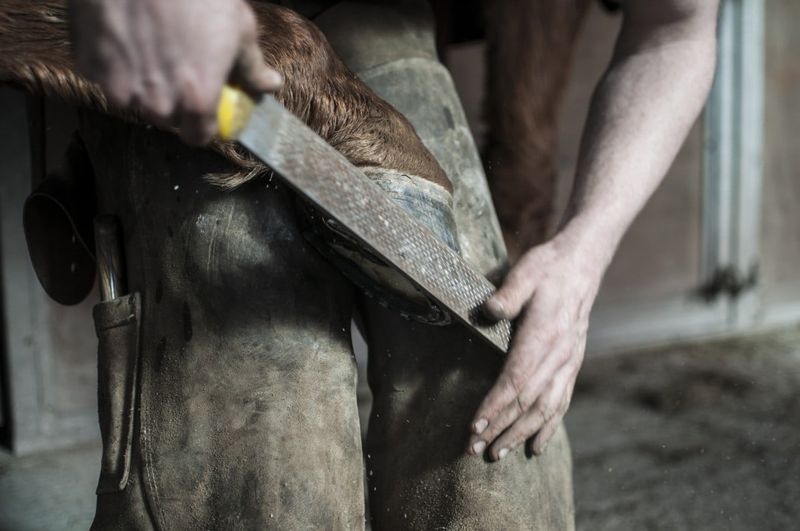
Metal shoes transform harmless kicks into potentially deadly weapons. If possible, pull the rear shoes from horses known to be aggressive before introductions.
This simple precaution can mean the difference between minor scrapes and catastrophic injuries requiring veterinary intervention.
9. Provide Multiple Escape Routes
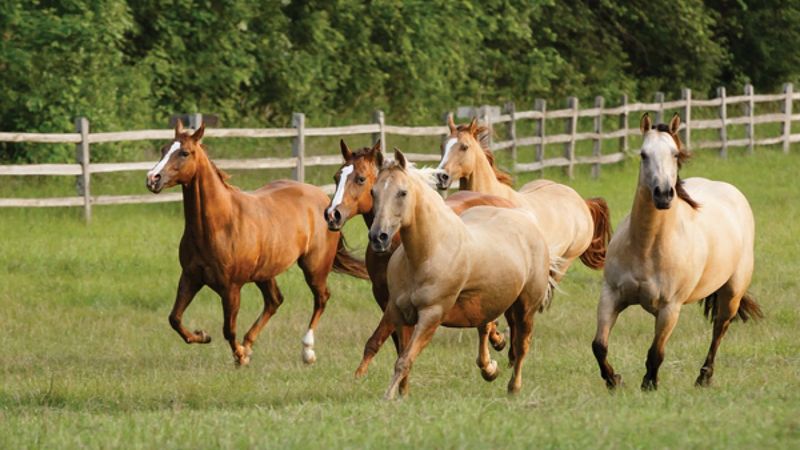
Cornered horses panic and fight back. Ensure your introduction area has no dead ends where a horse might get trapped by others.
Multiple exit points allow submissive horses to retreat safely when establishing the pecking order, preventing dangerous showdowns.
10. Use Proper Protective Gear
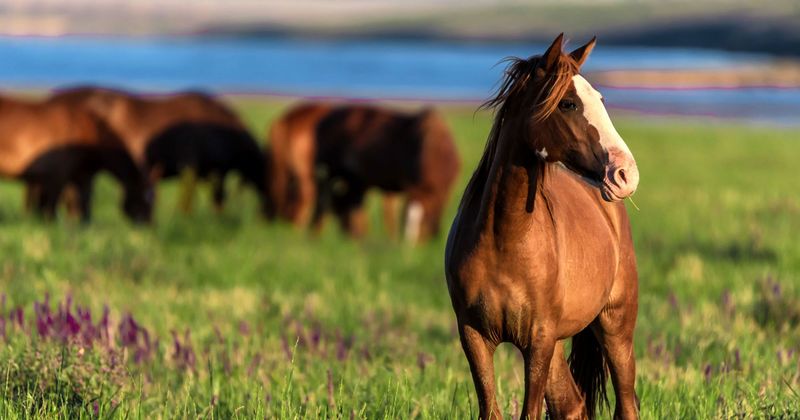
Outfit your new arrival with a well-fitted turnout halter for emergency handling. Some owners also use protective boots or leg wraps during introductions.
While you can’t bubble-wrap horses, these precautions provide a small safety margin during the riskiest period.
11. Supervise Actively But Don’t Interfere Unnecessarily
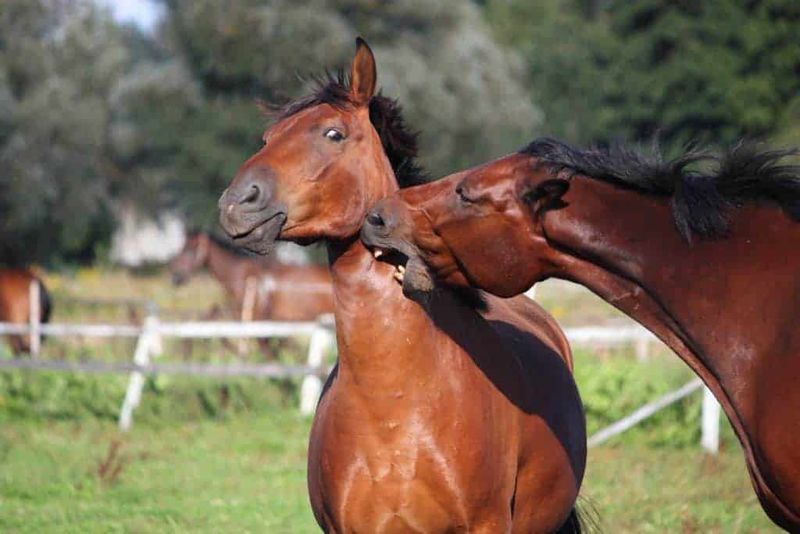
Hovering nearby with a lunge whip gives you emergency intervention capability. However, resist the urge to break up every minor squabble – horses need to establish their own social order.
Only step in when aggression crosses into dangerous territory.
12. Consider Personality And Previous Experiences
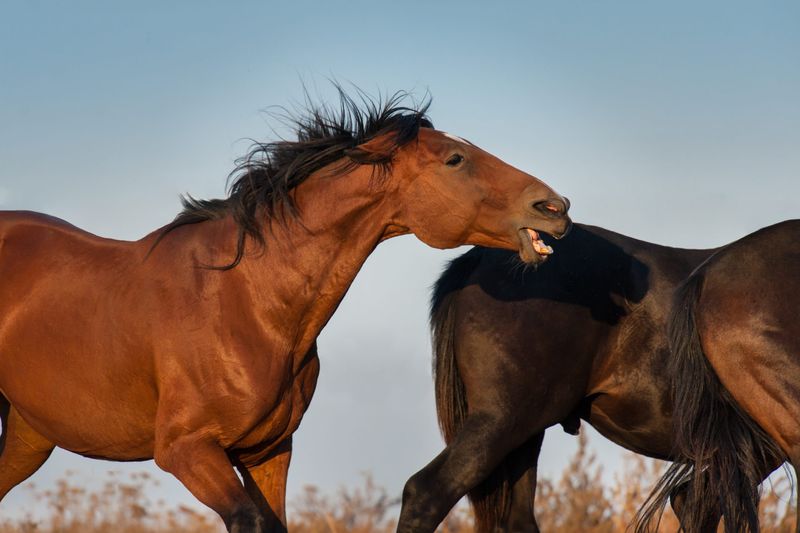
A horse raised alone might lack social skills, while one previously bullied could be fearful or defensive. Take these factors into account when planning introductions.
Some horses need longer adjustment periods or specially selected companions based on their unique background.
13. Gradually Increase Group Size
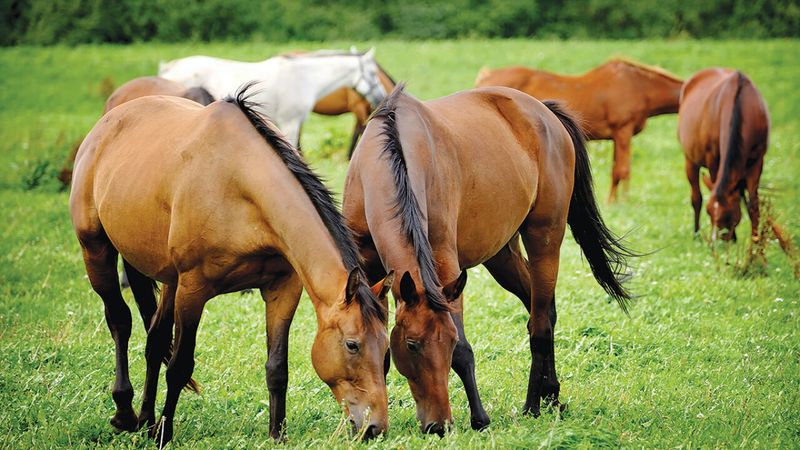
After successful one-on-one meetings, slowly add more herd members. Add horses individually rather than all at once, starting with the most accepting ones.
This step-by-step approach prevents your newcomer from feeling overwhelmed by suddenly facing the entire herd.
14. Maintain Consistent Routines During Transitions
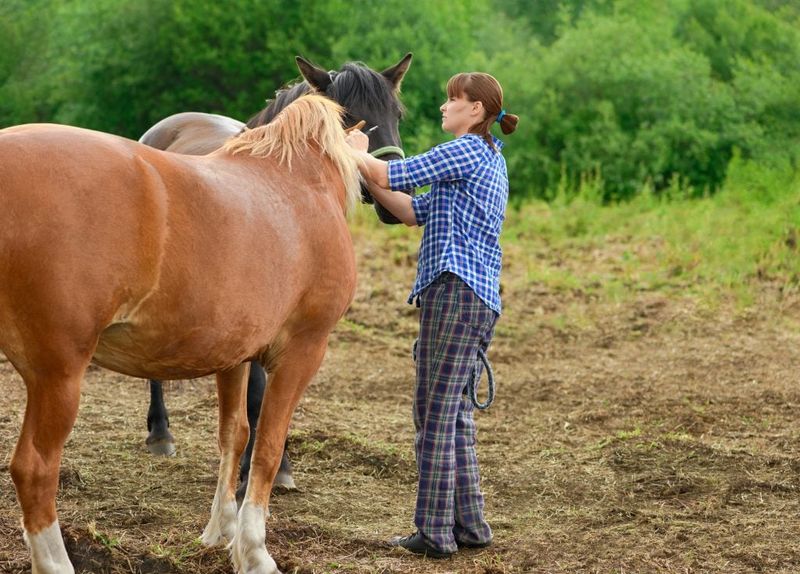
Horses thrive on predictability. Keep feeding times, turnout schedules, and other routines consistent while your new horse adjusts to herd life.
Minimizing additional changes reduces stress during what’s already a challenging transition period for your equine friend.

